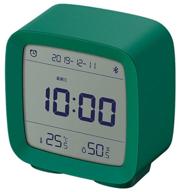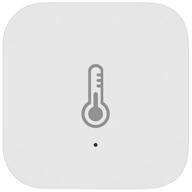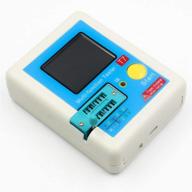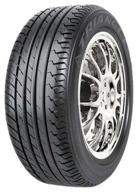
Review on AGPtek® Universal Temperature Controller Fahrenheit by Austin Olson

It works, but this model (TA-4) has a relay output, not an SSR output.
****Update**** I still haven't changed my opinion or assessment of this PID. I'm just adding an update as I'll be using this part again as I don't have the TA-7 I normally use. I usually use TA-7 so this TA-4 was taken away for about a year. It had about 1-2 hours of use before I replaced it with the TA-7. I recently bought a 3D printer and needed a PID to control a heated bed I made. Since I hooked it up to a heated platform, I used it for about 16 hours in total. Yesterday during a 4 hour print I noticed that the temperature was well over 70C (I set the temperature to 60C). At first I thought it was just a wobble or because the print failed and the hot end touched the glass just above the thermocouple. The temperature was still stable at 70, but I noticed that the "ON" LED was not lit, meaning the heating element should be OFF. Why is the temperature still so high? Well, it looks like the mechanical relay went dead after about 17 hours of use. I say 17 hours because I used to have about 16 hours and noticed it about an hour after my last print. So the electronics WORK, but the mechanical part works. well, expected. This PID is no longer a valid PID. Now it's a chunky thermometer with an alarm clock. ****** Is working. As another reviewer said, pay close attention to the part number. That's TA-4 (relay output) and I really wanted TA-7 (SSR output) but oh well. I can't blame that PID block for not paying enough attention to the suggested part number. There is an option SSR (001) or Relay Default (020) in the document and in the menu, but it doesn't matter, so don't be fooled. The core of this relay is the same. like all my other TA-x PID blocks and they just work. I have them (the SSR version) in my powder coating oven, two in my oven, one in the workshop heater and elsewhere. The ones that get used to it and are abused the most are the ones that are in the oven because it's on and the PIDs run most of the day and keep the temp around 1800F or somewhere around 900C. I haven't received a single rejection yet. .Have to say I don't expect this to take all that long as this is a relay output. Eventually, the coil can pulse and anything can happen, or the physical contacts can spark and fuse together, rendering the device useless. I tested the device by connecting it to a small tank of water and it keeps clicking (at and around the target temperature). I don't think it will last very long in this condition, but that's how it was designed and how it works. It's brand new so I can't rate it badly as it MIGHT be out of service soon. But I can give him relatively good marks for doing what he's supposed to do. Just be careful with the part number as I think most people are looking for an SSR drive instead of a relay output.
- Display: dual display for Fahrenheit (F) and Celsius?
- A few small things
New products
Comments (0)
Top products in 🛠️ Scanners & Testers

Qingping Qingping Bluetooth Smart Alarm Clock Green

22 Review

Room temperature and humidity sensor Aqara Temperature and Humidity Sensor white

25 Review

VIVREAL 4 In 1 Stud Finder Wall Scanner With LCD Display - Center Finding Beam Finder And Sound Warning For Wood, AC Wire, And Metal Studs (Black/Silver)

24 Review

ICQUANZX LCR-T7 Transistor Tester: Advanced TFT Diode Triode Capacitance LCR ESR Meter

14 Review
Another interesting products

Kapro - 353 Professional Ledge-It Try & Mitre Square - For Leveling And Measuring - Features Stainless Steel Blade, Retractable Ledge, And Etched Ruler Markings - 12 Inch

23 Review

➕ Stainless Steel L-Square, Size 3-Inch x 4-Inch, Zona 37-434

8 Review

Triangle Group TR918 225/45 R18 95V summer

61 Review

TV bracket Kromax DIX-18 black

52 Review

